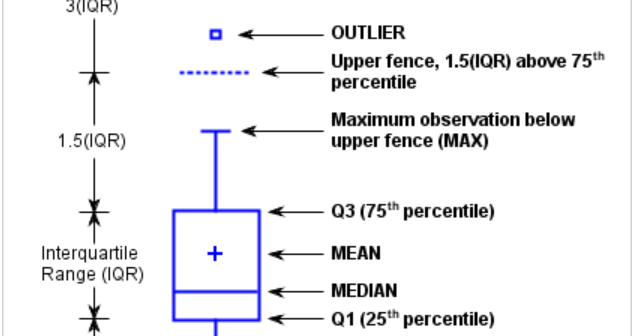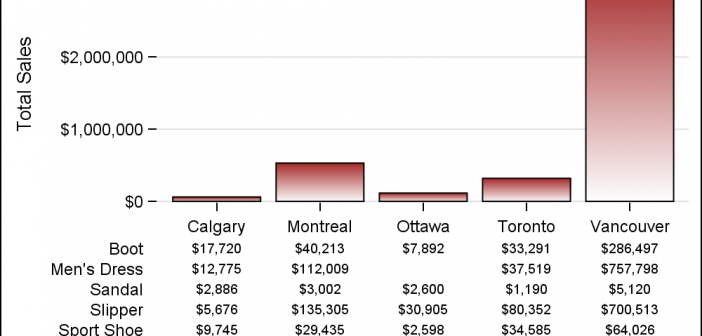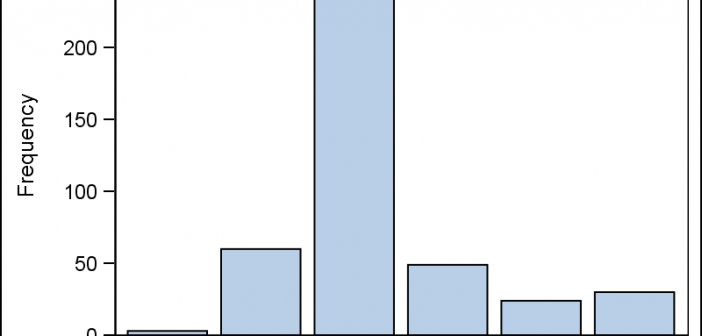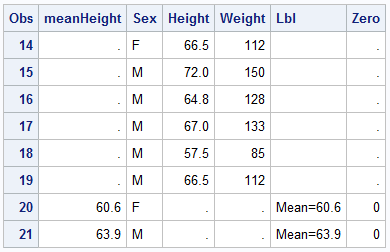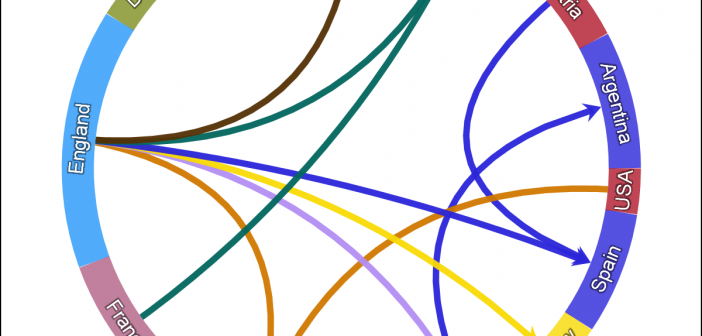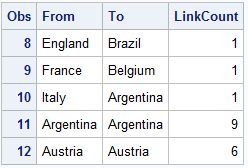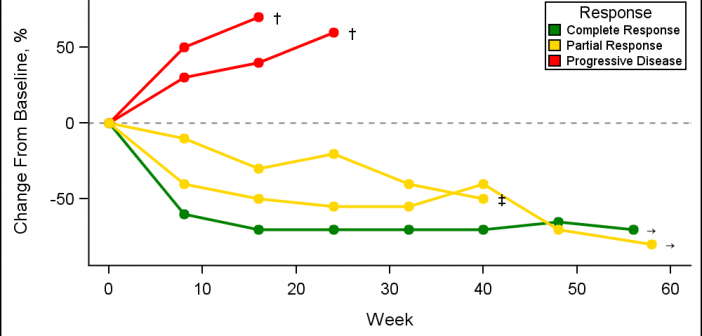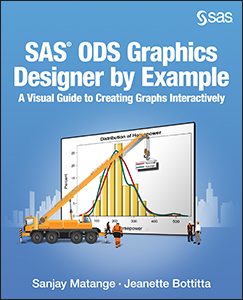
Some observant readers may have noticed a new icon on the right sidebar of this blog announcing the release of the new SAS Press book on the ODS Graphics Designer, written in collaboration with Jeanette Bottitta. Jeanette is a Technical Writer at SAS and has worked on various SAS Graphics products



